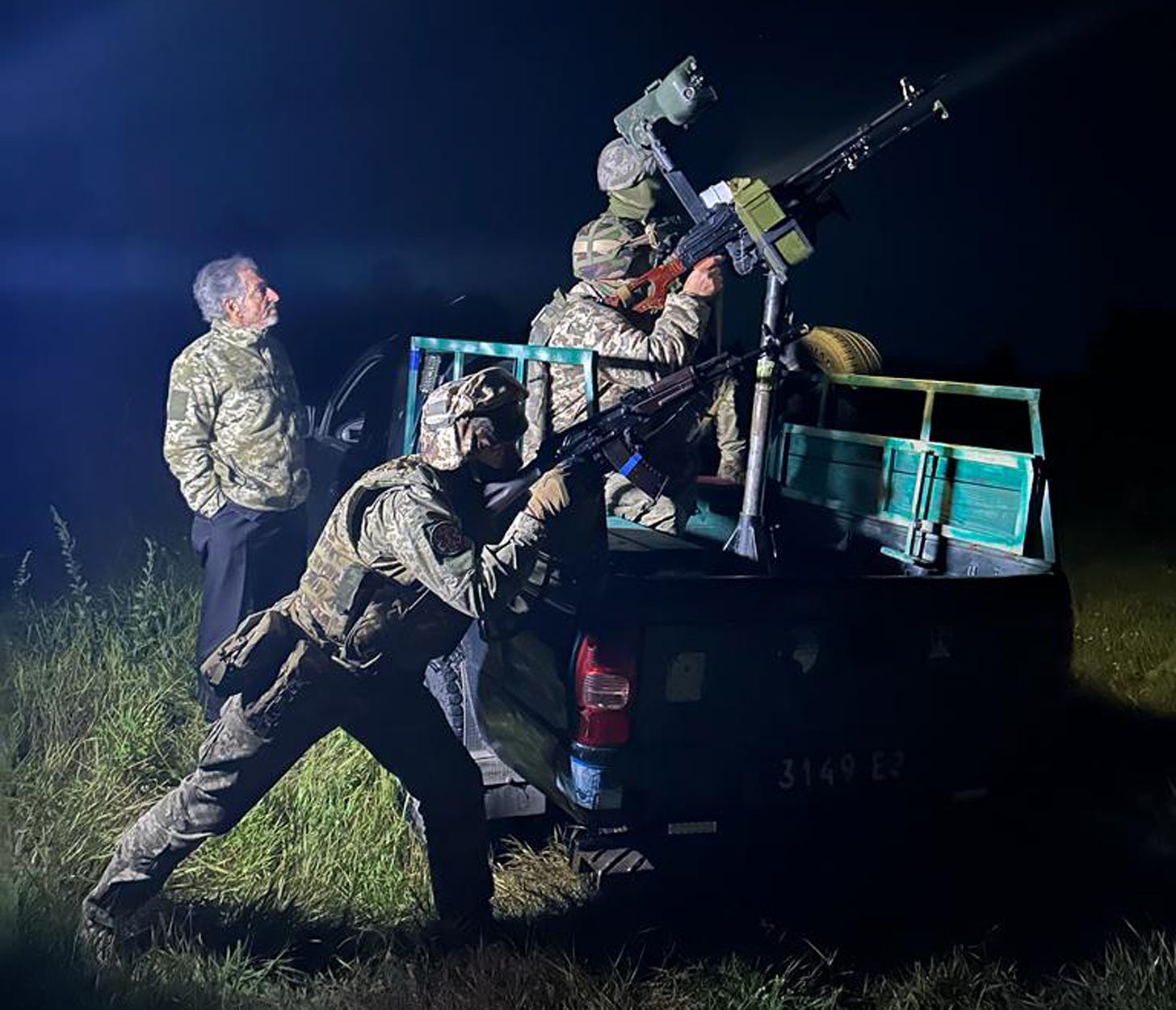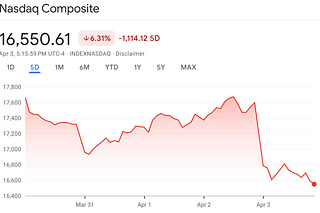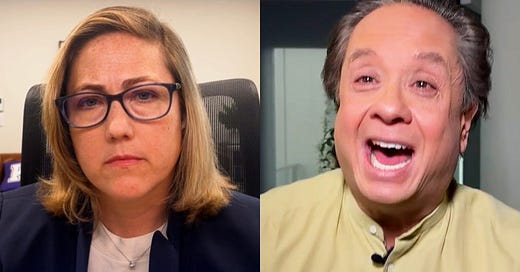
In Ukraine, Hardship and Hope
Bernard-Henri Lévy’s new documentary chronicles Ukrainians’ continuing battle for freedom and dignity—and the need for more Western support.

BERNARD-HENRI LÉVY, THE ACCLAIMED and controversial French public intellectual and filmmaker, is releasing his third documentary about the war in Ukraine: Glory to the Heroes, a follow-up to the second film in the trilogy titled Slava Ukraini or “Glory to Ukraine.” (The exchange Slava Ukraini!—Heroyam slava! is the patriotic Ukrainian greeting that dates back to the independence movement of 1917–1921.) There is both a poignancy and an urgency about its release at a time when conventional wisdom in the West doubts the chances of Ukrainian victory and promotes the narrative of war fatigue and pessimism among both Ukrainians and their Western allies.
The first of Lévy’s three Ukraine films, Why Ukraine?, which covered the early months of the Russian invasion and Ukrainian resistance, had its first American showing at the United Nations in late October 2022, after earlier release on French and Israeli television. (I wrote about it for The Bulwark at the time.) It was a moment when Ukraine was carrying out a stunningly successful counteroffensive that had sent the Russian army on a panicked retreat in the Kharkiv region and was poised to recapture Kherson. At the New York screening, Lévy excitedly discussed his work on the second film, which focused on the counteroffensive. “My dream would be to have it released when the victory is upon us,” he told me in an email.
Obviously, that was not to be. Slava Ukraini came out when Ukraine was about to surrender Bakhmut after a long and grueling battle but was also gearing up for a new counteroffensive on which both Ukrainians and their Western allies staked high hopes. That counteroffensive is the subject of Glory to the Heroes—and, as the film acknowledges, it has not gone as well as planned. Glory to the Heroes tells a story of hardship, but it is also, unquestionably, a story of hope.
The Ukrainian soldiers we meet on Lévy’s quest—infantrymen, tank drivers, gunners, drone operators, medics—are not starry-eyed; but, to a man and a woman, they are hopeful. They are weary but not exhausted, and certainly not demoralized; their confidence, camaraderie, and even humor shine through. Some may suspect Lévy of being biased in his selection of voices to present but, in a telephone interview last month, he told me that this was not the case:
If I had heard significant testimonies of demoralization, of course I would have introduced them in the movie. But I did not hear that; I did not see that. I spent a lot of time, from June to September, on the ground, often on the battlefield. I was with people, soldiers, while they’re stuck in their trenches, in their positions, [for] months without rotation, and they’re less harassed, less fatigued than European and American media. That is the truth of what I saw.
We also see the bravery of Ukraine’s defenders who have already paid a grueling price for their fight. That includes two women: Taira, a medic who was captured by the Russians in Mariupol and tortured in captivity before being freed in a prisoner exchange (“The caregiver with a body of steel and a soul of brass,” Lévy calls her in his voiceover), and Ruslana, a beautiful 20-year-old who enlisted in the first days of the war and who now walks by Lévy’s side on a prosthetic leg. Remarkably, Ruslana tells Lévy—matter-of-factly, with no melodrama—that she is grateful for everything that happened, including her injury: “Now I finally know what I want out of life.”
Civilians, too, display remarkable and modest courage. Particularly striking is the old woman who has returned to her bombed-out house in liberated Lyman and who shows Lévy and his crew the half-destroyed bathroom where she does her washing (“You could bathe, too, if the weather is good; it’s too bad there are no doors or windows left,” she says with a small laugh) and then takes them outside to show the vegetable patch. “That’s how it is,” she finally says, smiling and waving her hand. “We’ll live! There you have it.” Then there’s the memorable interview with three teenage girls in the village of Yahidne showing the dark basement where they were held in captivity, with the entire population of the village, during almost a month under Russian occupation.
The interviews with three captured Russian soldiers are memorable in their own way, painting a picture (already familiar to those who follow this war) of a fighting force with low morale (some 80 percent don’t want to fight, says one man), routine mistreatment by superiors, staggeringly high losses, men forced to fight despite disabilities or thrown into combat after being told they’ll be filling support jobs in the rear. A former convict says he and other men in his unit were “sold” to a “private military company” for 25,000 rubles (about $250) each. Sold like slaves, asks Lévy? “The way I see it, we’re not human beings for them if they could treat us like this,” says the man, who spends much of the interview picking nervously at his grimy fingers. Watching another newly captured soldier as he is being processed as a POW, Lévy asks in voiceover, “Is this the face of the second-most powerful army in the world? How could Ukraine possibly lose when faced with an adversary that, here, seems to us so pitiful?”
The Russians’ faces are blurred, partly in deference to human rights conventions but also partly, no doubt, to protect them and their families from reprisals back in Russia. But there is also a symbolism in this blurring. While these men are sympathetic on a human level—Lévy told me that while he realized some of them might be murderers, or would have been murderers if given the opportunity, he ultimately felt “pity” for them—they are also part of a faceless force driven to fight, kill, and occupy a foreign land, with no awareness of what it is doing. The one time we do see a Russian soldier’s face, it’s the horrible face of a dead man lying in a trench while Ukrainian soldiers rifle through his meager possessions and comment on the fact that the Russian troops tend to leave their dead behind.
THERE IS MUCH ELSE covered in this 90-minute documentary, including the destruction of the Kakhovka Dam last June and the devastating flood that opens the film; the shocking strike at the historic Transfiguration Cathedral in Odessa; the memory of the Holodomor, the Soviet-instigated terror-famine in 1930s Ukraine; the life of Ukraine’s Jewish community, whose strong support for Ukraine’s pro-Western revolution belies the Kremlin’s claims of a “Nazi” regime. Lévy’s narration is simple and compelling, and he also has a knack for the powerful visual: the black dog making its way along a narrow plank surrounded by barbed wire amid the flood; the mighty beast of a tank camouflaged in the greenery, and then uncovered to set out when assigned a target.
Lévy’s detractors have criticized him as a “crisis tourist” who uses trouble spots for self-promotion. There’s certainly a fair amount of him on-camera, and he consciously approaches his documentaries as stories of a personal journey, likening them to diaries. But his presence here is remarkably humble (even when he’s dodging a Russian drone at one point) and never overshadows that of the film’s titular heroes: Ukrainian soldiers, civilians, foreign volunteers—French, American, British—who come to Ukraine to help with humanitarian missions, train Ukrainian soldiers, or actually fight side by side with Ukrainians.
At several points in the film, Lévy comments on the frustrating slowness and paucity of Western deliveries of weapons for Ukraine, particularly fighter planes and helicopters that would provide crucial support for the troops. (While drones fill some of the gap, air support is still sorely needed.) He also warns of the peril of a new “Munich” that would force Ukraine into a self-defeating peace agreement with Russia. Glory to the Heroes is, to some extent, an unabashed plea for stronger international support for this country fighting for its freedom—and, as Lévy told me, a conscious “reply” to the narrative of the West’s “Ukraine fatigue.” If nothing else, the film makes a strong case that the amazing courage and resiliency we see deserve better than a betrayal spawned by self-interested political squabbles in the United States and Western Europe.
“I still believe that Ukraine can win—that Ukraine will win,” Lévy told me. “The only question is the cost.” With timely and effective help, the world can dramatically lower that cost. Glory to the Heroes makes a powerful case for Ukraine’s fight.
















